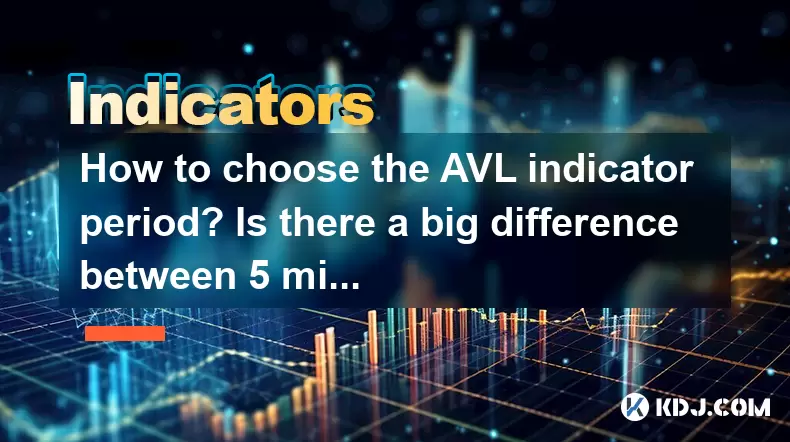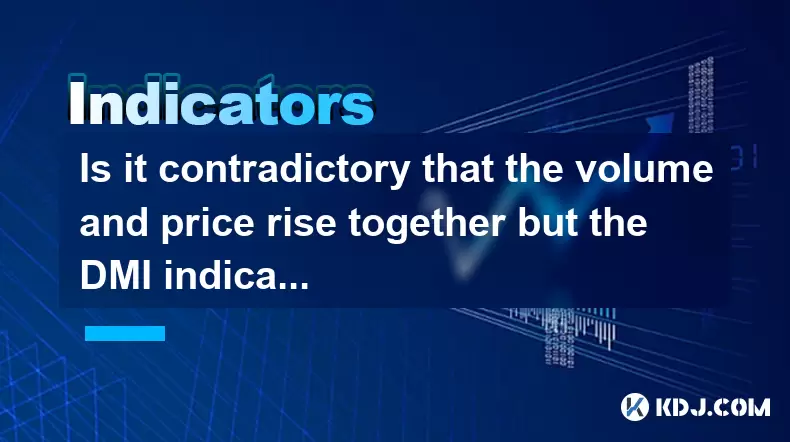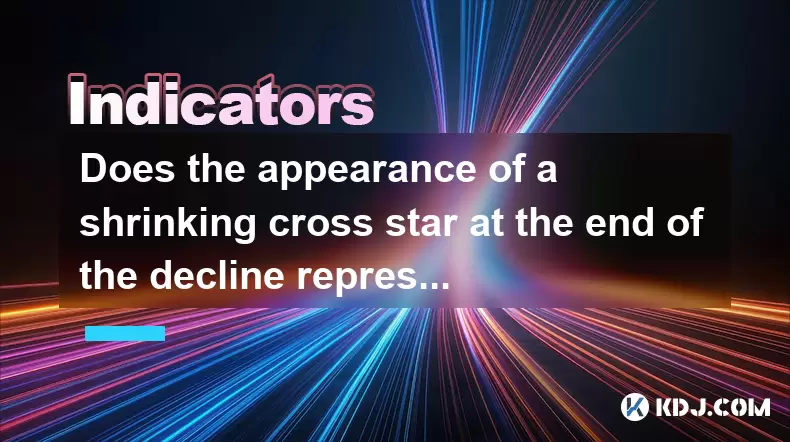-
 Bitcoin
Bitcoin $101,898.5005
-0.75% -
 Ethereum
Ethereum $2,258.1125
-1.07% -
 Tether USDt
Tether USDt $1.0004
0.01% -
 XRP
XRP $2.0178
-2.93% -
 BNB
BNB $624.0243
-1.53% -
 Solana
Solana $134.3298
-0.90% -
 USDC
USDC $0.9999
0.01% -
 TRON
TRON $0.2675
-2.05% -
 Dogecoin
Dogecoin $0.1538
-1.96% -
 Cardano
Cardano $0.5482
-1.11% -
 Hyperliquid
Hyperliquid $35.5636
5.45% -
 Bitcoin Cash
Bitcoin Cash $453.4902
-1.66% -
 Sui
Sui $2.5134
-2.97% -
 UNUS SED LEO
UNUS SED LEO $9.1292
1.77% -
 Chainlink
Chainlink $11.8457
-1.60% -
 Stellar
Stellar $0.2312
-2.73% -
 Avalanche
Avalanche $16.9721
0.29% -
 Toncoin
Toncoin $2.7549
-3.82% -
 Shiba Inu
Shiba Inu $0.0...01081
-1.10% -
 Litecoin
Litecoin $80.8250
-0.71% -
 Hedera
Hedera $0.1374
0.21% -
 Monero
Monero $305.4827
-2.36% -
 Ethena USDe
Ethena USDe $1.0006
0.00% -
 Dai
Dai $1.0000
-0.01% -
 Polkadot
Polkadot $3.2085
-3.12% -
 Bitget Token
Bitget Token $4.0845
-3.13% -
 Uniswap
Uniswap $6.3353
-1.63% -
 Pi
Pi $0.5085
-0.70% -
 Pepe
Pepe $0.0...08913
-3.82% -
 Aave
Aave $232.7090
-0.58%
How to choose the AVL indicator period? Is there a big difference between 5 minutes and daily lines?
Choosing the right ATR period is crucial for crypto traders; a 5-minute period suits day traders, while a daily period is better for swing and position traders.
May 23, 2025 at 08:49 am

Choosing the right period for the Average True Range (ATR) indicator is crucial for traders in the cryptocurrency market. The ATR is a volatility indicator that measures market volatility by decomposing the entire range of an asset price for that period. The choice of period can significantly affect the signals you receive and, consequently, your trading decisions. In this article, we will explore how to select the appropriate ATR period and discuss the differences between using a 5-minute period and a daily period.
Understanding the ATR Indicator
The Average True Range (ATR) is an indicator used to measure market volatility. It was developed by J. Welles Wilder Jr. and is typically used in conjunction with other indicators to help traders make informed decisions. The ATR calculates the average of the true ranges over a specified period. The true range is the greatest of the following:
- The distance from today's high to today's low.
- The distance from yesterday's close to today's high.
- The distance from yesterday's close to today's low.
The ATR value is then calculated as the moving average of these true ranges over the chosen period. The period can be adjusted based on the trader's strategy and the time frame they are analyzing.
Factors to Consider When Choosing the ATR Period
Selecting the right period for the ATR depends on several factors, including your trading strategy, the time frame you are analyzing, and the specific cryptocurrency you are trading. Here are some key considerations:
- Trading Strategy: If you are a day trader, you might prefer shorter periods such as 5 minutes or 15 minutes. Swing traders might opt for longer periods like 1 hour or 4 hours. Position traders might use daily or weekly periods.
- Time Frame: The time frame you are analyzing will influence the period you choose. Shorter time frames require shorter periods, while longer time frames can handle longer periods.
- Volatility of the Cryptocurrency: Different cryptocurrencies have different levels of volatility. Highly volatile assets might require shorter periods to capture rapid price movements, while less volatile assets might benefit from longer periods.
Differences Between 5-Minute and Daily ATR Periods
The choice between a 5-minute and a daily ATR period can have significant implications for your trading strategy. Let's explore the differences in detail:
- Sensitivity to Price Movements: A 5-minute ATR is much more sensitive to short-term price movements. It will react quickly to changes in market volatility, providing more frequent signals. This can be beneficial for day traders who need to make quick decisions based on short-term market movements.
- Long-Term Trends: A daily ATR, on the other hand, is less sensitive to short-term fluctuations and focuses more on long-term trends. It provides a smoother indicator line, which can be more suitable for swing traders or position traders who are interested in capturing larger market moves.
- Signal Frequency: With a 5-minute ATR, you will receive more signals due to the increased sensitivity. This can lead to more trading opportunities but also increases the risk of false signals. A daily ATR will provide fewer signals, which can be more reliable but might miss some short-term trading opportunities.
- Volatility Measurement: A 5-minute ATR will measure short-term volatility, which can be useful for identifying intraday trading opportunities. A daily ATR will measure longer-term volatility, which can be more relevant for traders looking to hold positions over several days or weeks.
How to Set Up the ATR Indicator in Different Periods
Setting up the ATR indicator in your trading platform can be done with a few simple steps. Here's how to do it for both a 5-minute and a daily period:
For a 5-Minute ATR:
- Open your trading platform and select the cryptocurrency you want to analyze.
- Go to the indicators menu and select the ATR indicator.
- Set the period to 5 minutes. This can usually be done by entering "5" in the period input field.
- Apply the indicator to your chart. The ATR line will now be displayed based on 5-minute price data.
For a Daily ATR:
- Open your trading platform and select the cryptocurrency you want to analyze.
- Go to the indicators menu and select the ATR indicator.
- Set the period to "1D" or "Daily". This can usually be done by selecting "Daily" from a dropdown menu or entering "1" in the period input field if your platform uses days as the unit.
- Apply the indicator to your chart. The ATR line will now be displayed based on daily price data.
Practical Examples of Using Different ATR Periods
To illustrate the practical differences between using a 5-minute and a daily ATR period, let's consider two trading scenarios:
Scenario 1: Day Trading with a 5-Minute ATR:
- You are a day trader looking to capitalize on short-term price movements in Bitcoin.
- You set up the ATR indicator with a 5-minute period on your trading chart.
- You notice that the ATR value spikes suddenly, indicating increased volatility.
- You use this signal to enter a trade, expecting a quick price movement.
- The 5-minute ATR allows you to react quickly to market changes and take advantage of short-term opportunities.
Scenario 2: Swing Trading with a Daily ATR:
- You are a swing trader looking to capture larger price movements in Ethereum over several days.
- You set up the ATR indicator with a daily period on your trading chart.
- You observe that the ATR value has been steadily increasing over the past few days, indicating rising volatility.
- You use this signal to enter a trade, expecting a significant price movement over the next few days.
- The daily ATR provides a smoother, more reliable signal that aligns with your longer-term trading strategy.
Testing and Adjusting the ATR Period
It's important to test different ATR periods to find the one that best suits your trading strategy. Here's how you can do it:
- Backtesting: Use historical data to test how different ATR periods would have performed in the past. This can help you identify which period provides the most reliable signals for your strategy.
- Forward Testing: Apply different ATR periods to your live trading for a period of time to see how they perform in real market conditions. Keep a trading journal to record your results and make adjustments as needed.
- Adjusting Based on Market Conditions: The optimal ATR period can change based on market conditions. During periods of high volatility, you might need to use a shorter period to capture rapid price movements. During quieter periods, a longer period might be more appropriate.
Frequently Asked Questions
Q: Can I use multiple ATR periods simultaneously?
A: Yes, you can use multiple ATR periods on your chart to get a more comprehensive view of market volatility. For example, you could use a 5-minute ATR for short-term signals and a daily ATR for longer-term trends. This can help you make more informed trading decisions by considering both short-term and long-term volatility.
Q: How does the ATR period affect stop-loss placement?
A: The ATR period can significantly impact your stop-loss placement. A shorter ATR period, such as 5 minutes, will result in a smaller ATR value, which might lead to tighter stop-loss levels. A longer ATR period, like daily, will result in a larger ATR value, which might lead to wider stop-loss levels. The choice of period should align with your risk management strategy.
Q: Is there an ideal ATR period for all cryptocurrencies?
A: No, there is no one-size-fits-all ATR period for all cryptocurrencies. The optimal period can vary based on the specific cryptocurrency's volatility, your trading strategy, and the time frame you are analyzing. It's important to test different periods and adjust based on your trading results and market conditions.
Q: How often should I review and adjust my ATR period?
A: You should review and adjust your ATR period regularly, especially during significant market changes or if your trading results indicate that the current period is not performing well. A good practice is to review your ATR period at least once a month or whenever you notice a significant shift in market volatility.
Disclaimer:info@kdj.com
The information provided is not trading advice. kdj.com does not assume any responsibility for any investments made based on the information provided in this article. Cryptocurrencies are highly volatile and it is highly recommended that you invest with caution after thorough research!
If you believe that the content used on this website infringes your copyright, please contact us immediately (info@kdj.com) and we will delete it promptly.
- VanEck, Pudgy Penguins, and Nasdaq: A New York Minute on Crypto's Big Moves
- 2025-06-24 01:05:12
- Ripplecoin Cloud Mining: Earn Daily Crypto Rewards?
- 2025-06-24 00:25:13
- SEI Price Prediction: Crypto Analyst Sees Potential Jump to $0.30!
- 2025-06-24 01:05:12
- Dogecoin, Cardano, and Crypto Security: Navigating the Wild West
- 2025-06-24 00:45:12
- Dogecoin Price Analysis and Ozak AI: Riding the Crypto Wave in Style
- 2025-06-24 00:45:12
- Neo Pepe Presale: The Next Big Meme Coin?
- 2025-06-24 00:32:08
Related knowledge

How to interpret that the time-sharing chart shows "volume and price rise together" but the MACD red column shortens?
Jun 24,2025 at 01:08am
Understanding the Concept of 'Volume and Price Rise Together'In cryptocurrency trading, when a time-sharing chart shows that both volume and price rise together, it is typically interpreted as a sign of strong buying pressure. This means more traders are entering long positions, pushing the price higher while increasing the trading volume. This phenomen...

Is it contradictory that the moving average system is arranged in a bullish pattern but the DMI shows a decline in trend strength?
Jun 23,2025 at 11:43pm
Understanding the Moving Average and DMI RelationshipIn cryptocurrency trading, technical analysis plays a crucial role in identifying potential trends and making informed decisions. Two of the most commonly used indicators are the Moving Average (MA) and the Directional Movement Index (DMI). While both tools aim to provide insight into market direction...

What is the significance of the gap formed by the gap opening not being filled within five days?
Jun 23,2025 at 09:42pm
Understanding Gaps in Cryptocurrency TradingIn the world of cryptocurrency trading, a gap refers to a situation where the price of an asset jumps from one level to another without any trading activity occurring between those two levels. This often happens over weekends or holidays when the market is closed, and significant news or events occur that impa...

Is it contradictory that the volume and price rise together but the DMI indicator shows that the trend strength decreases?
Jun 24,2025 at 01:00am
Understanding the Relationship Between Volume, Price, and DMIIn the world of cryptocurrency trading, it is common for traders to analyze multiple indicators simultaneously to form a comprehensive view of market conditions. Volume and price are two of the most basic and widely used metrics in technical analysis. When both volume and price rise together, ...

What does it mean when the continuous small positive lines push up but the MACD red column shortens?
Jun 24,2025 at 01:28am
Understanding the Price and MACD DivergenceWhen continuous small positive lines push up, it indicates that the price is experiencing a steady upward movement, albeit in a gradual manner. These small green candles suggest consistent buying pressure without any significant pullbacks or strong resistance being met. However, when this is accompanied by a sh...

Does the appearance of a shrinking cross star at the end of the decline represent a signal to stop the decline?
Jun 24,2025 at 12:14am
Understanding the Shrinking Cross Star PatternIn the world of cryptocurrency trading, candlestick patterns play a crucial role in technical analysis. One such pattern is the shrinking cross star, which often appears at the end of a downtrend. This pattern consists of a candle with a small body, typically appearing after a series of bearish candles, and ...

How to interpret that the time-sharing chart shows "volume and price rise together" but the MACD red column shortens?
Jun 24,2025 at 01:08am
Understanding the Concept of 'Volume and Price Rise Together'In cryptocurrency trading, when a time-sharing chart shows that both volume and price rise together, it is typically interpreted as a sign of strong buying pressure. This means more traders are entering long positions, pushing the price higher while increasing the trading volume. This phenomen...

Is it contradictory that the moving average system is arranged in a bullish pattern but the DMI shows a decline in trend strength?
Jun 23,2025 at 11:43pm
Understanding the Moving Average and DMI RelationshipIn cryptocurrency trading, technical analysis plays a crucial role in identifying potential trends and making informed decisions. Two of the most commonly used indicators are the Moving Average (MA) and the Directional Movement Index (DMI). While both tools aim to provide insight into market direction...

What is the significance of the gap formed by the gap opening not being filled within five days?
Jun 23,2025 at 09:42pm
Understanding Gaps in Cryptocurrency TradingIn the world of cryptocurrency trading, a gap refers to a situation where the price of an asset jumps from one level to another without any trading activity occurring between those two levels. This often happens over weekends or holidays when the market is closed, and significant news or events occur that impa...

Is it contradictory that the volume and price rise together but the DMI indicator shows that the trend strength decreases?
Jun 24,2025 at 01:00am
Understanding the Relationship Between Volume, Price, and DMIIn the world of cryptocurrency trading, it is common for traders to analyze multiple indicators simultaneously to form a comprehensive view of market conditions. Volume and price are two of the most basic and widely used metrics in technical analysis. When both volume and price rise together, ...

What does it mean when the continuous small positive lines push up but the MACD red column shortens?
Jun 24,2025 at 01:28am
Understanding the Price and MACD DivergenceWhen continuous small positive lines push up, it indicates that the price is experiencing a steady upward movement, albeit in a gradual manner. These small green candles suggest consistent buying pressure without any significant pullbacks or strong resistance being met. However, when this is accompanied by a sh...

Does the appearance of a shrinking cross star at the end of the decline represent a signal to stop the decline?
Jun 24,2025 at 12:14am
Understanding the Shrinking Cross Star PatternIn the world of cryptocurrency trading, candlestick patterns play a crucial role in technical analysis. One such pattern is the shrinking cross star, which often appears at the end of a downtrend. This pattern consists of a candle with a small body, typically appearing after a series of bearish candles, and ...
See all articles
























































































